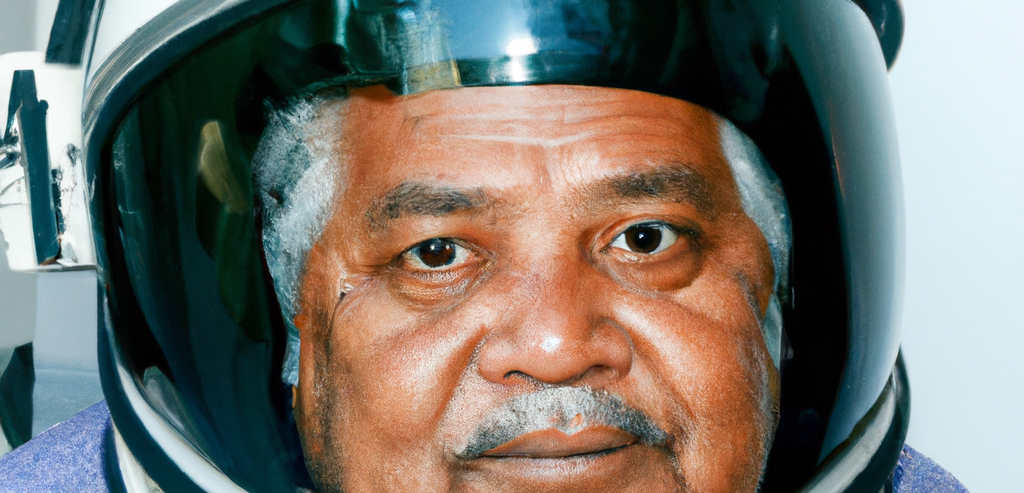The100: Ozempic, AI bias and how to win a coin toss
GLP-1 > GPT
Everyone is talking non-stop about a tech that’s changing lives. No, not GPT, but GLP-1s (colloquially referred to as Ozempic). For those that don’t know, it’s a medication that was originally developed for diabetes, but is now also used for weight loss, making us feel fuller for longer.
The big question is, how will this impact the pockets of food & drink manufacturers? Here’s a rundown of some recent writing on the subject:
Starting with Prof G’s fascinating piece:
“Morgan Stanley surveyed 300 Ozempic users, and 77% of them said they visit fast-food restaurants less often now that they’re on the drug. Walmart is already seeing a decline in food purchases among people taking GLP-1 medications.”
Next, Corry Wang and manufacturers’ reliance on the super consumer. For example, the top 20% of US adults account for 77% of soda consumption.
And finally, Sarah Zhange in The Atlantic. Some GLP-1 patients are reporting that they’re also losing interest in other addictive and compulsive behaviors outside of food.
We’re going to run a syndicated, longitudinal study in the USA on GLP-1s, kicking off in December. If you want to hear more about our approach and how you can get involved, email me and I’ll send you the info deck.
“We come to our beliefs about what is true, what is real … based on what we see”
Rest of World published a study on how generative AI creates images full of stereotypes. It’s a bit scary, but I’d recommend reading it all.
“Out of 100 images for “an Indian person,” 99 seemed to depict a man, and almost all appeared to be over 60 years old, with visible wrinkles and gray or white hair. Kamat said many of the men resembled a sadhu – a type of spiritual guru. “But even then, the garb is excessive and atypical,” she said. Hinduism is the dominant religion in India, with almost 80% of the population identifying as Hindu. But there are significant minorities of other religions: Muslims make up the second-largest religious group, representing just over 14% of the population. But on Midjourney, they appeared noticeably absent.”
Whilst we’re on bias, I was pointed to this excellent TED talk by Vernā Myers on how to overcome bias. Well worth a watch.
The problem with empathy
Last month we shared Ian Murray’s argument for perspective taking over empathy. This week we have a similar, everything-we’ve-always-been-told-shattering piece from Steven Lacey on whether the focus on empathy is becoming a hindrance to the insights industry.
“There are two different types of empathy: cognitive empathy, which is about understanding, which we need to do more of, and emotional empathy, which is this notion of walking in someone else’s shoes, which is where the problem lies […] What we should be striving for is more understanding, as this is actually achievable.”
What are the odds?
Turns out that winning a coin toss isn’t 50/50. If you flip a coin and catch it in hand, the odds that it’ll land on the same side it started is 50.8/49.2.
I’ll take all the marginal gains I can get when using a coin to decide who’ll make the coffees in the office. Just need a rock-paper-scissors hack next.
The millionaire migration
Where is the world’s wealth moving to and from? Research from Henley & Partners says:
“The top five destinations for net inflows of high-net-worth individuals in 2023 are projected to be Australia, the UAE, Singapore, the USA, and Switzerland. On the flip side, the largest net outflows of millionaires are expected to come from China, India, the UK, Russia, and Brazil.”
And finally…
An archive of negative headlines about new technologies, ideas and trends. And a good reminder of the hysteria that has always greeted them.
And here we have The Glitch Gallery. A museum of accidental software artwork.
Someone made their back garden the number 1 rated restaurant in London. Old, but gold.


Comments
Comments are disabled for this post